Explanation of 2/4 time signature
In the article time signature, this is explained that:
- the top number indicates the number of time units in a measure (bar 
- the bottom number determines the unit of time.
We can visually translate 2/4 like this:

That is to say that there are 2 quarter notes 

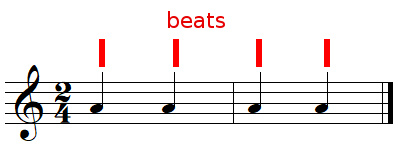
1 quarter note 

2 eighth notes 

4 sixteenth notes 

and so on...
Examples found in famous works
Mozart, Alla Turca
The Alla Turca rondo of Mozart's Piano Sonata N° 11 uses the 2/4 time signature:
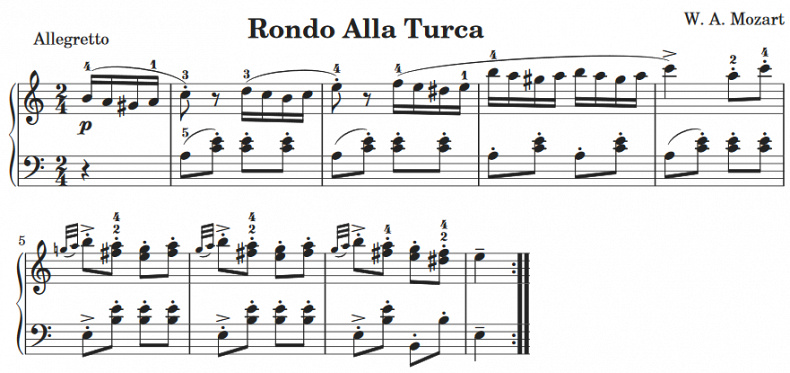
This sound sample is from a 1925 recording, on a 78 rpm disc, recorded by pianist Una Bourne (source).
In this musical sample, you will notice the use of anacrusis , acciaccaturas (grace notes) as well as a repeat barline.
Beethoven, Finale, symphony n° 3
The fourth movement entitled Finale of Ludwig van Beethoven's Symphony No.3 in E flat major begins with a 2/4 time signature:
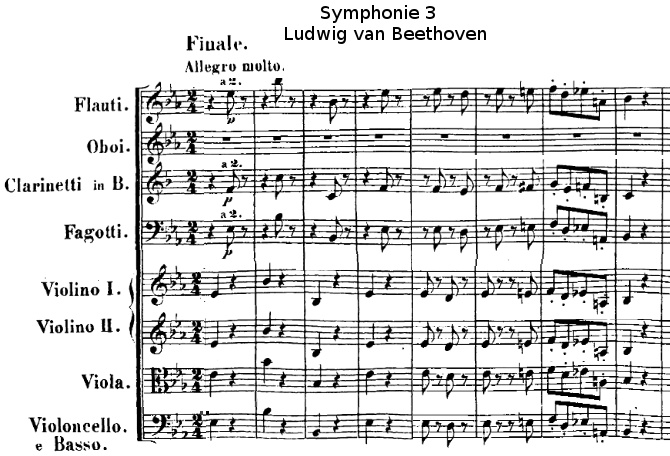
This royalty-free musical sample from Ludwig van Beethoven's Symphony No. 3 Finale in E-flat major was recorded by the Czech National Symphony Orchestra (source, Creative Commons Attribution 3.0 license).
You will notice the use of offbeats.
Beethoven, Symphony n°5 (Allegro con brio)
The first movement (Allegro con brio) of Beethoven's Symphony No.5 in C minor begins with a 2/4 time signature:
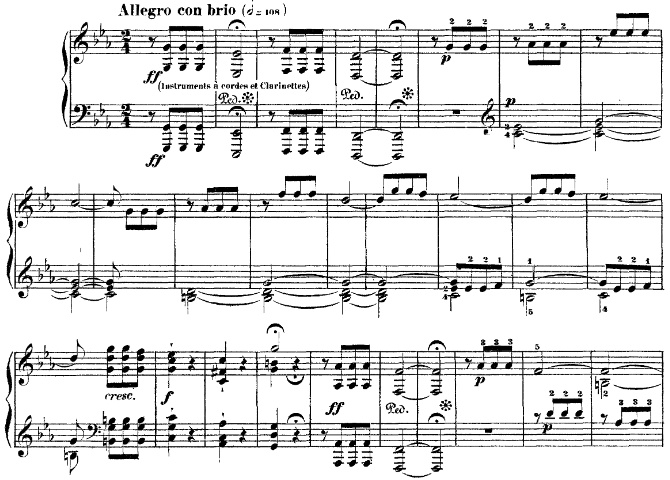
This sheet music sample is an arrangement for piano by the famous pianist and composer Franz Liszt. Royalty free sound sample recorded in 1949 by the orchestra of the Paris Conservatory conducted by Carl Schuricht.(source)
You will notice the half-cadence 

Beethoven, the Pastoral Symphony
Beethoven's Symphony N°6 in F major, entitled the Pastoral Symphony, begins with a 2/4 time signature:
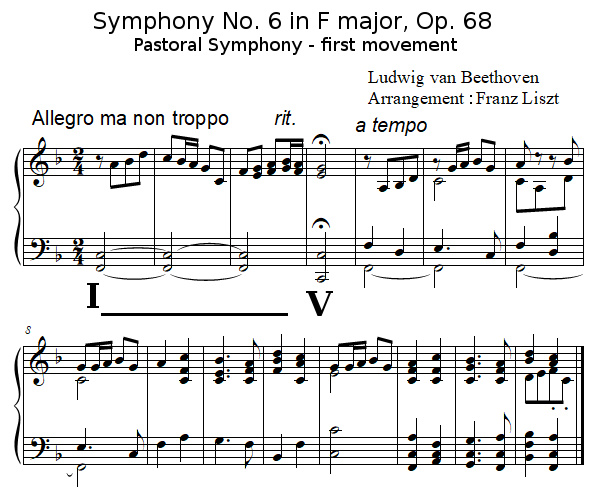
In this sheet music sample from the first movement arranged for piano by the famous pianist and composer Franz Liszt, you will notice the half-cadence (Imperfect cadence 
Chopin, Nocturne opus 15 n°2
Frédéric Chopin's Nocturne opus 15 n°2 uses a 2/4 time signature:
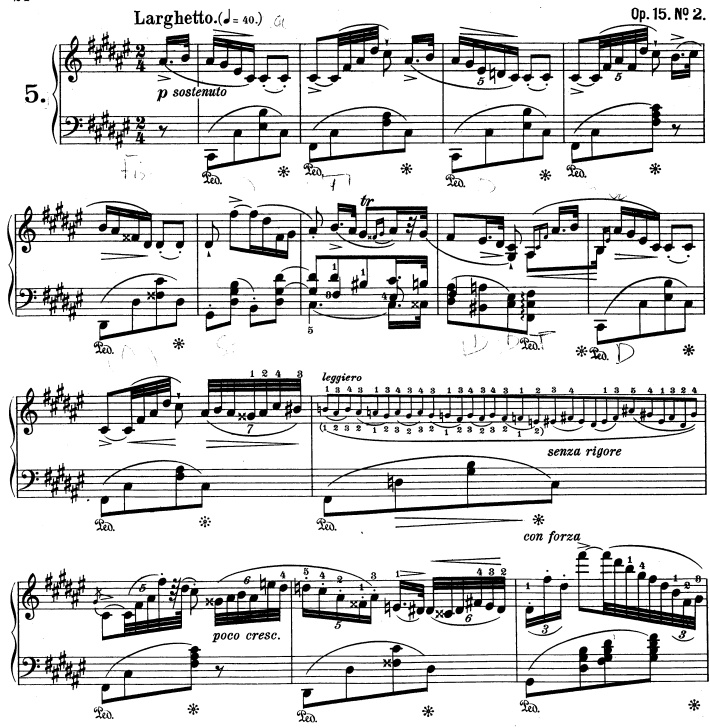
(Royalty free musical sample performed by pianist Samson François in 1964, Creative Commons Zero 1.0 license, source)
You will notice that this work uses a key that is not widely used: F sharp Major. You will also notice the use of an anacrusis, double sharp (measures 5,10,12), trills (measure 7), sixteenth note quintuplets (measure 3), and sixteenth note septuplets (measure 10).


